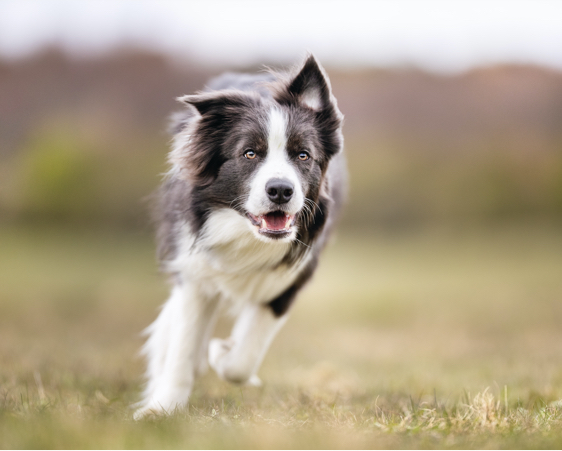I have been told that my dog is obese and must be put on a diet. Is this true?
Nearly one-third (33%) of all adults in the United States are obese. Unfortunately, this same number now applies to our pets. Obesity leads to several diseases both in pets and people. Type II diabetes, heart disease, and arthritis are the most common weight-related disorders.
Diet and weight reduction are key to ensuring that your pet lives as long and healthy a life as possible.
What is obesity?
Obesity is defined as weighing 30% more than the ideal weight. With humans, this is fairly straightforward and can be determined by consulting weight and height charts. Dogs are often diagnosed as obese by a combination of weight charts and body scoring.
A simplified form of body scoring follows:
VERY THIN
RIBS – Easily felt with no fat covering
TAIL BASE – Bones protrude with no tissue between the skin and bone
SIDE VIEW – Severe abdominal tuck or “drawn” appearance
OVERHEAD VIEW – Exaggerated hourglass shape
UNDERWEIGHT
RIBS – Easily felt with no fat covering
TAIL BASE – Bones are raised with little tissue between the skin and bone
SIDE VIEW – Abdominal tuck
OVERHEAD VIEW – Significant hourglass shape
IDEAL
RIBS – Easily felt with slight (1/2″) fat cover
TAIL BASE – Smooth but bones can be felt under a thin layer of fat
SIDE VIEW – Abdominal tuck
OVERHEAD VIEW – Well-proportioned waist is present
OVERWEIGHT
RIBS – Difficult to feel with moderate (>1/2″) fat cover
TAIL BASE – Some thickening or widening but bones can be felt under a moderate layer of fat
SIDE VIEW – No abdominal tuck or waist
OVERHEAD VIEW – Back is slightly broadened
OBESE
RIBS – Difficult to feel under thick fat cover
TAIL BASE – Thickened and difficult to feel under a thick layer of fat
SIDE VIEW – Fat hangs down from the abdomen and there is no waist
OVERHEAD VIEW – Markedly wide

